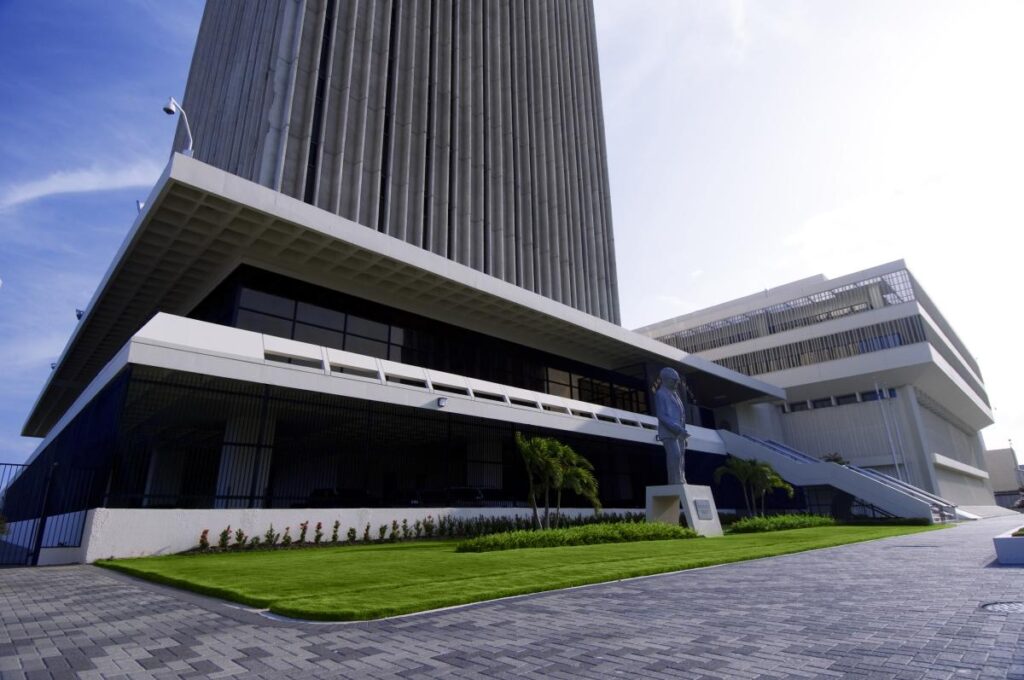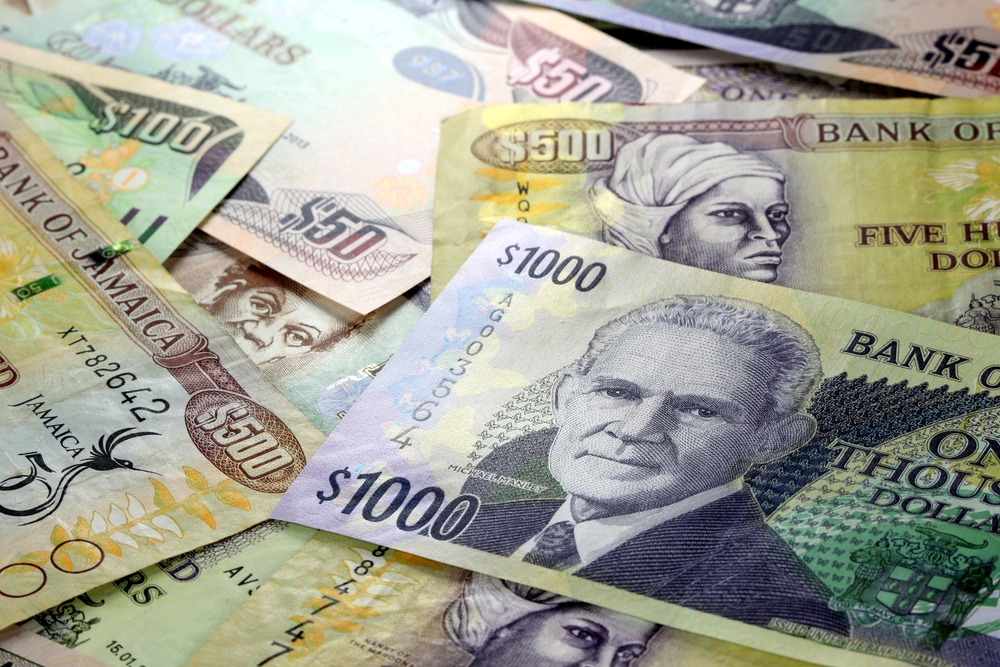
The Bank of Jamaica (BOJ) is reporting that there was an overall decline in the availability of credit to borrowers during the June 2020 quarter.
This was evidenced by a contraction in the Credit Supply Index (CSI), which went down to 98.3 points. In its latest Quarterly Credit Conditions Survey Report for June, the BOJ says this contraction was evident in the supply of credit to businesses but there was also no growth in the supply to individuals.
According to the BOJ, “the contraction in the supply of local currency credit made available to businesses was reflected in all industries. Some Lenders indicated that the increased risk posed by the COVID-19 pandemic forced them to reduce available credit. They however indicated that they plan to increase credit availability for the September and December 2020 quarters.”
The allocation of credit to businesses for the June 2020 quarter declined relative to personal loans. In relation to the business portfolio, there was an increase in the share allocated to large-sized firms. Notably, large businesses continued to account for the largest share of the portfolio at end-June.
The BOJ’s Credit Conductions Survey Report is conducted online on a quarterly basis among Commercial banks, Building societies, Near banks, Credit unions and Development banks. It is designed to elicit qualitative information on changes in the demand and supply of credit to various types of businesses as well as individuals.
The report explores the main factors underpinning these reported changes, including price and non-price lending terms and other credit market developments. The latest report for the June quarter, which was released on Tuesday, showed that the growth in credit demand, as measured by the Credit Demand Index (CDI), declined for the June 2020 quarter, relative to the March 2020 quarter.
Fall-off in personal loans demanded
The CDI for the quarter was 91.0 points relative to 92.3 points in the previous quarter. The decline in credit demand reflected a significant fall- off in demand for personal loans, while demand by businesses increased.

The increased demand by businesses was in part due to challenges with cash flow as well as increased loan promotion as many Lenders advertised various business support products, mainly to micro-sized firms which were the main drivers for the increased demand. The acceleration in the growth in credit demand by businesses in the review quarter was reflected in an increase in the growth in demand for local currency loans particularly evident in Agriculture & Fishing, Construction, Tourism, Distribution, Professional & Other Services and Entertainment.
In contrast, there was a deceleration in the demand for foreign currency loans, which was mostly evident in the Agriculture & Fishing, Mining & Quarrying, Transport, Tourism, Professional & Other Services, Electricity Gas & Water and Entertainment industries. For the September and December 2020 quarters, lenders surveyed indicated that they expected an increase in the overall demand for credit, particularly by individuals and to a lesser extent by micro, small and medium-sized businesses.
This reflected respondents’ optimism regarding the country’s economic recovery as well as an expected uptick in the demand because of the holiday period.
Price of Credit
Based on the survey responses, average indicative interest rates on new local currency loans rose by approximately 23 basis points (bps) to 15.83 per cent during the review quarter, relative to the previous quarter. This reflected a growth of 30 bps in rates for business loans, while there was a decline of 2 bps in the rates for personal loans.
Basis points refer to a common unit of measure for interest rates and other percentages in finance. Higher rates on business loans were primarily reflected in loans to micro and large-sized firms. Respondents indicated that the higher rates reflected their attempt to manage risk.
Similarly, the average indicative interest rate on new foreign currency loans rose by 10 bps to 7.42 per cent, which reflected higher rates to medium and large-sized businesses. For the September 2020 quarter, lenders reported that they plan to reduce interest rates on new local currency loans by 105 bps to 14.78 per cent and further reduce rates by 2 bps to 14.76 per cent for the December 2020 quarter.
The reduced rates are expected to be applied to loans to micro and medium sized businesses. For foreign currency loans, respondents indicated their intention to increase loan rates in the September 2020 quarter by 47 bps to 7.89 per cent and will carry through to the December 2020 quarter.
The increase is expected to affect mainly small, medium and large sized businesses.







Comments